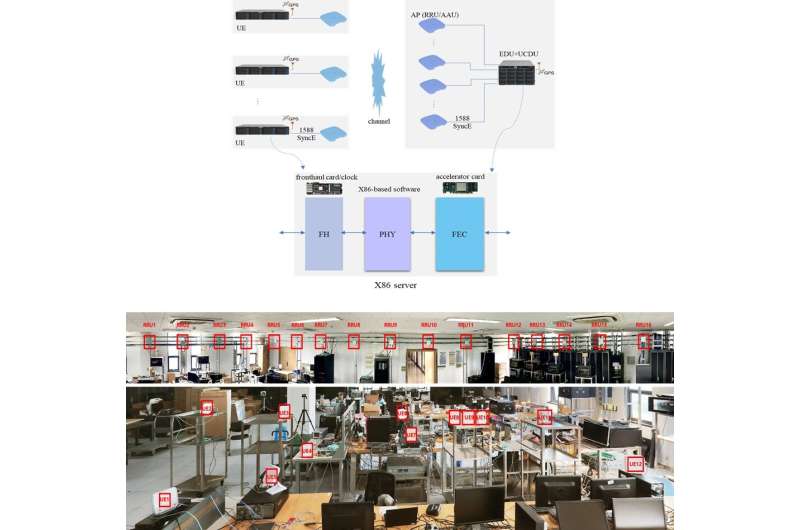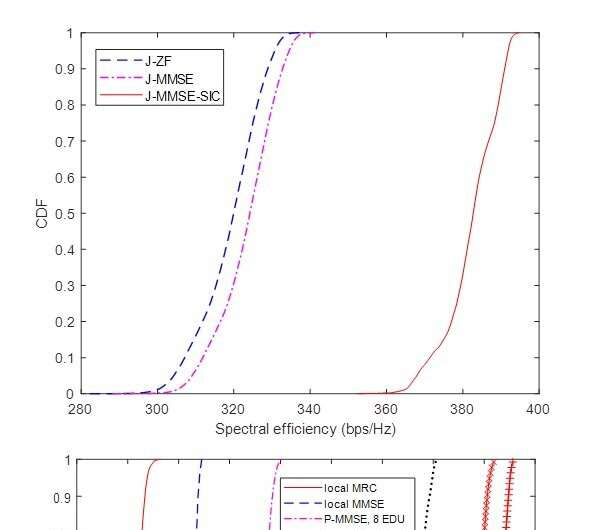A long-form review titled “Full-spectrum Cell-free RAN for 6G Systems: System design, and Experimental Results” was published in Science China Information Sciences. This study was led by Prof. Wang Dongming and Prof. You Xiaohu from Southeast University, China along with other 16 experts and scholars from scientific research institutes, colleges, and companies.
This article proposed a novel full-spectrum CF-RAN architecture. Based on the reasonable division of the physical layer, a scalable CF-mMIMO with RF unit, edge distributed unit (EDU), and user-centric distributed unit (UCDU) functions formed, in which the RF unit completes RF signal receiving and transmitting in each frequency band, EDU implements distributed precoding and receiver, UCDU implements data distribution and combining.
The new architecture can achieve a trade-off between the complexity and the performance of cooperative transmission.

To integrate CF-mMIMO into a 6G radio access network (RAN) and design a cell-free RAN (CF-RAN) this article also studied the key transmission technologies for full-spectrum CF-RAN, including channel state information acquisition, transceiver design, and dynamic resource allocation and finally presented the experimental results of a CF-mMIMO prototype system with 64 distributed antennas.
It can be seen from experimental results that compared to the local MRC scheme, the local MMSE scheme still has a 38% performance gain. When the number of antennas configured in each EDU of the system is doubled, the performance improvements compared to the local MRC scheme are 82%, 175%, and 213%, respectively. When the system is configured with two EDUs, each with 32 antennas, the performance can reach 96% of that of the J-MMSE scheme.
The full-spectrum CF-RAN can be viewed as the integration of “computing” and “networking.” With the capabilities of the fronthaul network, distributed computation for the joint processing of CF-mMIMO, also known as decentralized collaboration, can be efficiently implemented, and a better tradeoff between performance and complexity can be achieved.

More information:
Dongming Wang et al, Full-spectrum cell-free RAN for 6G systems: system design and experimental results, Science China Information Sciences (2023). DOI: 10.1007/s11432-022-3664-x
Citation:
Full-spectrum cell-free RAN for 6G systems: System design and experimental results (2023, April 21)
retrieved 22 April 2023
from https://techxplore.com/news/2023-04-full-spectrum-cell-free-ran-6g-experimental.html
This document is subject to copyright. Apart from any fair dealing for the purpose of private study or research, no
part may be reproduced without the written permission. The content is provided for information purposes only.

